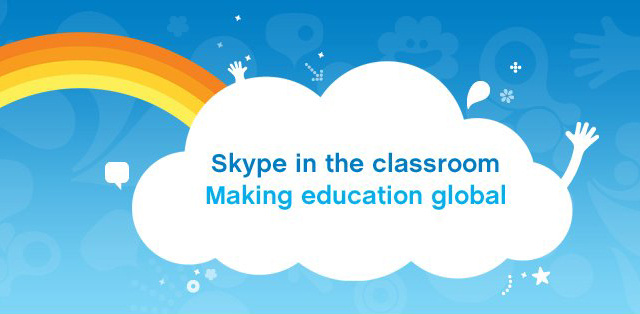| The Magical Minds |
|
|
On Friday the Magical Minds, and Kirsti, embarked on our last field trip of the year. We took the bus all the way to downtown, where we disembarked near the waterfront. Hungry for a snack, the first few moments were dedicated to eating and a little running around near the Ferry Building.
The main event, however, was the Autodesk Gallery. Autodesk is a software company that creates programs that help people innovate, design, plan, troubleshoot and animate projects. The gallery was filled with projects that people have designed and built with the help of Autodesk's software. It was an inspiring and fun trip. But, don't take my word for it - check out these paper blogposts written by the kids. For homework, the Magical Minds were asked to write and perform a short song using subtraction. At morning meeting we took a moment to listen to everyone's creation. After learning about transverse and longitudinal waves, the Magical Minds began to play with frequency and amplitude. We discovered over time that frequency is connected to pitch and amplitude is connected to volume. Next I presented the students with a design challenge: "Make an instrument that can change in pitch and volume." They must be able to play the notes in order, and create a song to play in front of their peers. Inspired by PBS's Design Squad, we viewed the episode, "Rock On" and learned some helpful tips about how to create different pitch using length, thickness and tautness of materials. Below are the magical instruments the kids created. 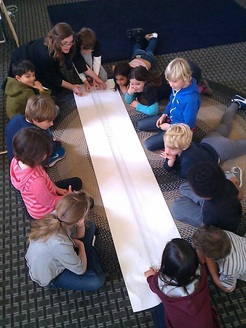 In our study of energy, we are investigating sound waves. We have discovered that there are different types of waves, and sound waves are called compression/longitudinal waves. By playing with a rubber band, we discovered that pitch is connected to frequency: the higher the frequency the higher the pitch. When we explored compression waves with a slinky we also discovered that the more taut the slinky, the higher the frequency. Last night's homework was yet another inquiry into sound using glasses filled with different amounts of water. The question I posed to the students was, why do the glasses make a different pitch? What is going on? It took them weeks to create these nonfiction Big Books, and it all began with a Skype call with "Dr. Goodgrace." She asked the Magical Minds to help her plan for a zoo she is opening. She asked them to research a rare animal to help her design the exhibits, and prepare for the habitats and diets of the different animals. Jazzed to be part of such a ambitious plan, the Magical Minds were eager to jump right in. The next day we introduced them to Nicole, our FABULOUS neighborhood librarian at the Portola Branch. Bursting with enthusiasm, Nicole helped the students locate books on their chosen topics, guiding them through the nonfiction section of the library and demonstrating how to use the computers to locate resources. With their books in hand, they began a week's worth of research. The Magical Minds painstakingly recorded the facts they found on notecards, keeping in mind three or four important subtopics: habitat, diet, anatomy and life cycle. Once they had written a healthy collection of notes, they began to organize them according to topic, preparing to write what would be their rough drafts. Rough drafts became final drafts. The kids photocopied as well as drew pictures, diagrams and maps, and put all their information together into one giant book. As we got closer to the presentation date, they created notecards to read from and practiced in front of their peers and teachers. Finally, the day arrived! Nicole, our local librarian, came to visit and Dr. Goodgrace Skyped in. Each team of researchers did an amazing job of presenting their findings. Combining hydrogen peroxide and yeast, the Magical Minds discover that chemical reactions can create heat. The Magical Minds have been investigating physical and chemical changes. During our inquiry, I have introduced them to several experiments that beg the question, "How can you tell when it is chemical reaction?" Up until this point, we had discovered two important indicators of a chemical reaction:
In this experiment, however, I wanted the Magical Minds to witness how chemical reactions can also create heat. (This experiment is also my way of transitioning the students away from the topic of matter and onto the topic of energy.) After introducing multiplication as equal groupings and skip counting, I introduce the Magical Minds to arrays with this fun video created by Mr. Salsich and his third graders. While the video plays I ask the kids to predict how the kids will arrange the chairs for the sloth's presentation. We start using mathematical language of rows and columns. Afterwards, I open a SmartBoard file asking the kids to arrange chairs for our classroom mascot, Kagunda the three-horned chameleon. And using their fingers to manipulate the pictures, the kids take turns creating different arrays. This is when I begin to introduce the language of factors and product. Finally, when I can see that most students understand how to represent multiplication facts using arrays, I let them build their own arrays using anything they want from our classroom. This kinesthetic activity works as both a powerful assessment of their understanding as well as provides plenty of opportunity to address the needs of individuals. Note: This game was inspired by this activity. What is it?
Practice your multiplication with this fun and ever-changing game. Rationale: This game allows students to focus on just their 1-6 times tables, supporting increased mastery and automaticity. Multiplication Train can also be easily differentiate to meet the needs of students who need more or less of a challenge. Remove the face cards from the deck to focus on numbers 1-10 - OR - use a twelve sided dice to practice times tables 1-12. Materials: 1 deck of cards 1 die a marker for each player. How to Play:
There were two different liquids and two different powders - four possible combinations.
The experiment began with observations of the liquids and powders. We recorded the color, texture and smell of the different substances, describing their properties. Then the mixing began. The question - "Which combination of substances results in a chemical change?" Nothing happens when you add salt to water or salt to vinegar. Nothing happens when you add baking soda to vinegar. It wasn't until they comined the baking soda and vinegar that things got exciting. "How do you know it's a chemical reaction?" I asked. Most of the kids explained that you couldn't undo the combination and get the powder back. Although I see their reasoning - I wanted them to focus on how the chemical reaction creats a new substance - the gas bubbles. We will keep working on it. Next up, Chromatography and Invisible Ink. |
About the Author
Erin Mahollitz is an international teacher teaching 2nd Grade in San Francisco, CA.
She specializes in inquiry-based instruction, technology integration and social & emotional education. This website is a collection of stories, ideas, resources and lessons from Erin's classrooms. Categories
All
Website VisitorsSkype with Us |
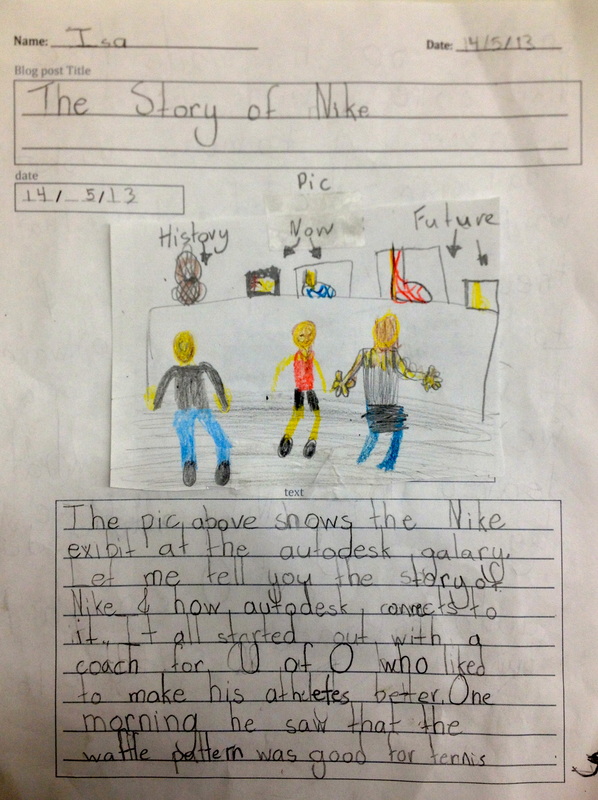
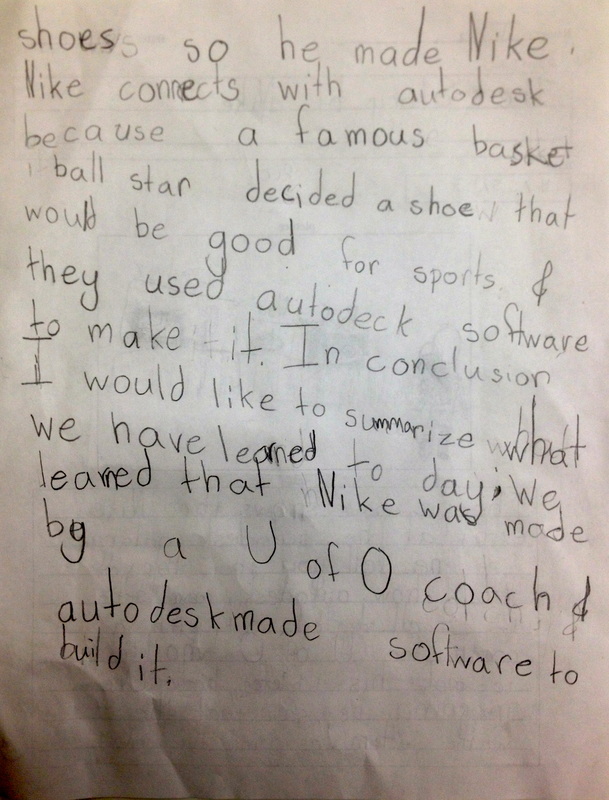
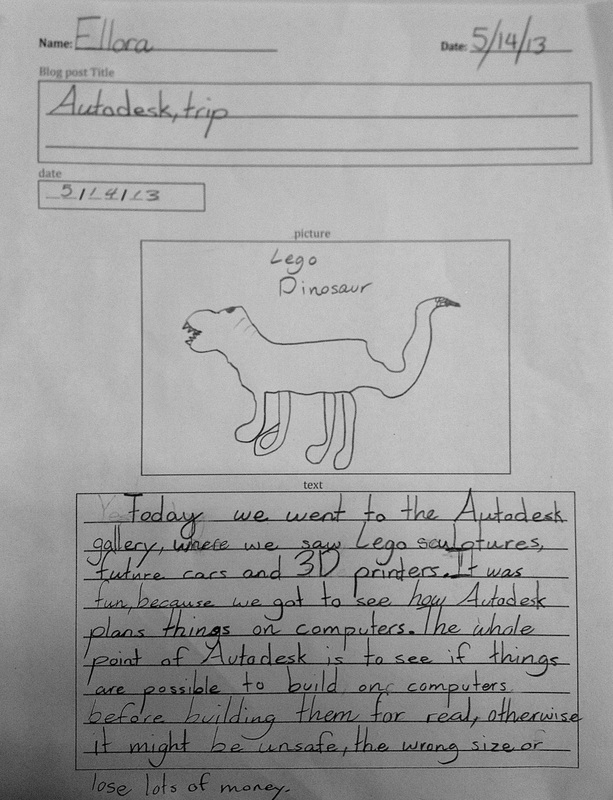
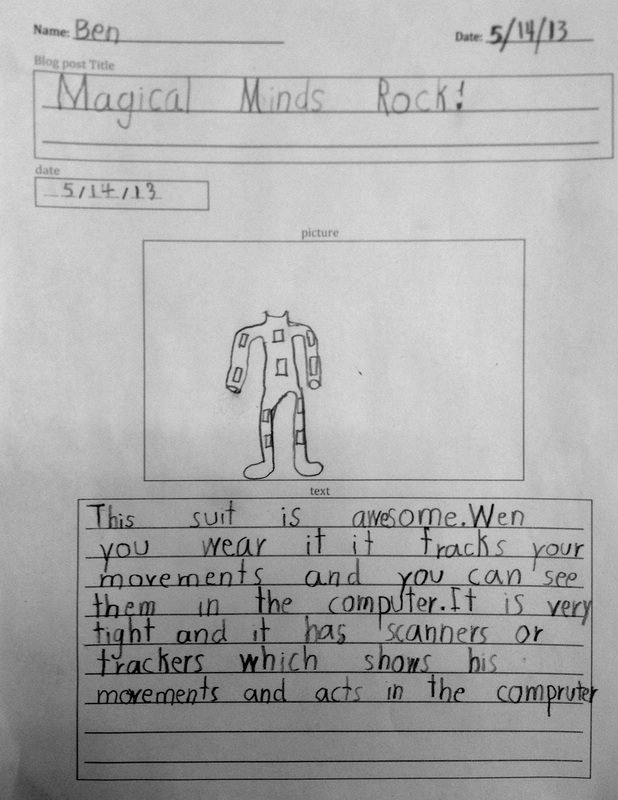

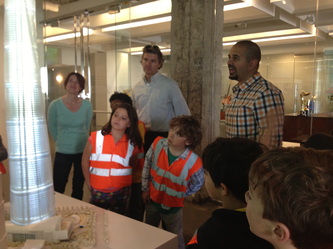
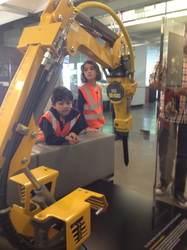
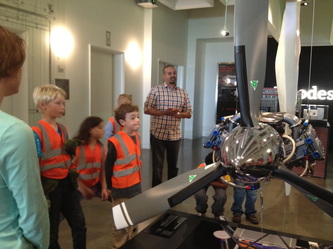
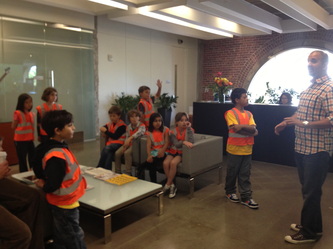
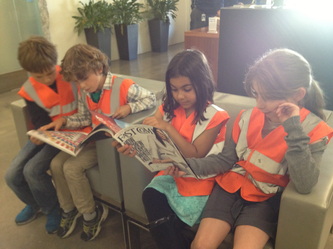
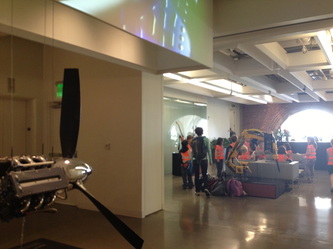
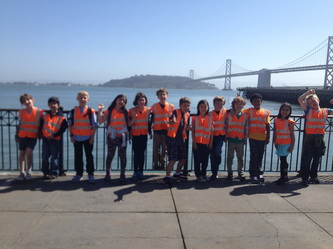
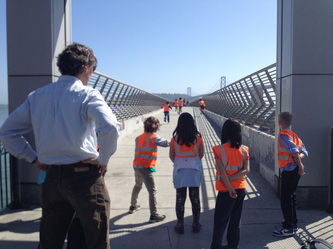
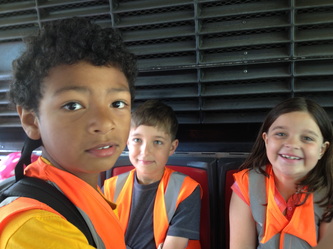

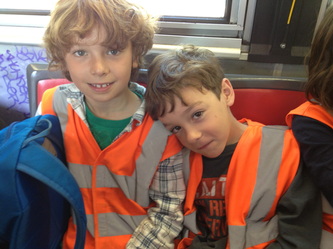
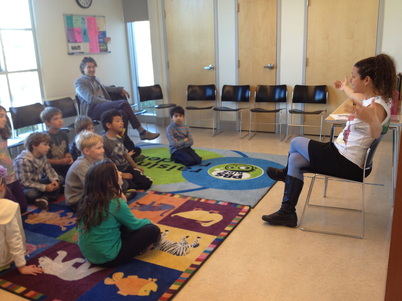
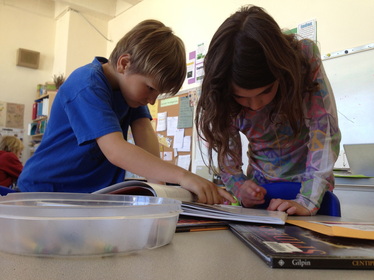
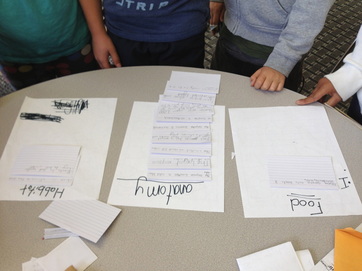
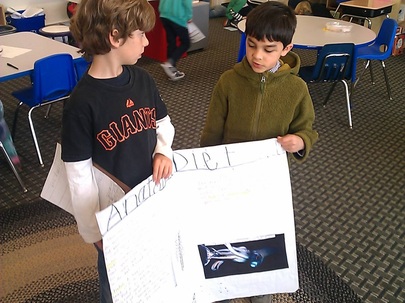
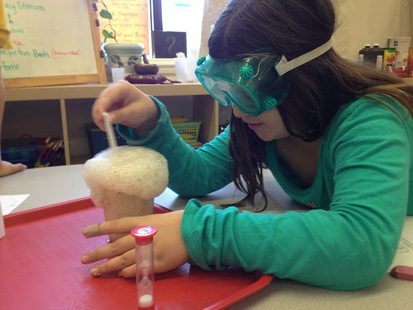
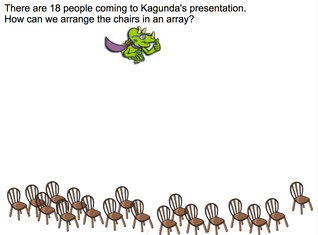
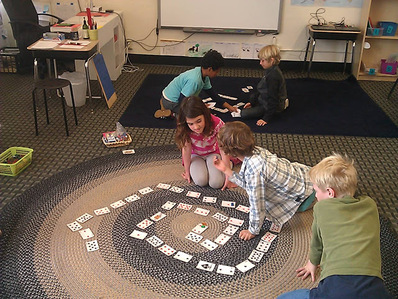
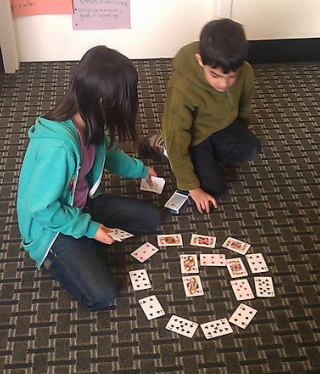
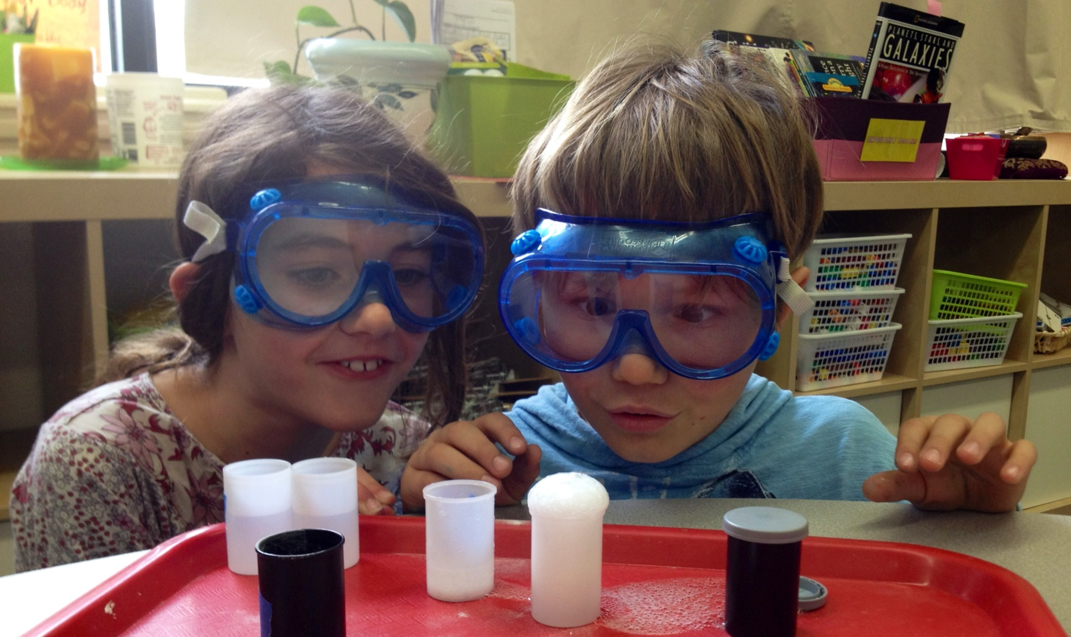
 RSS Feed
RSS Feed
